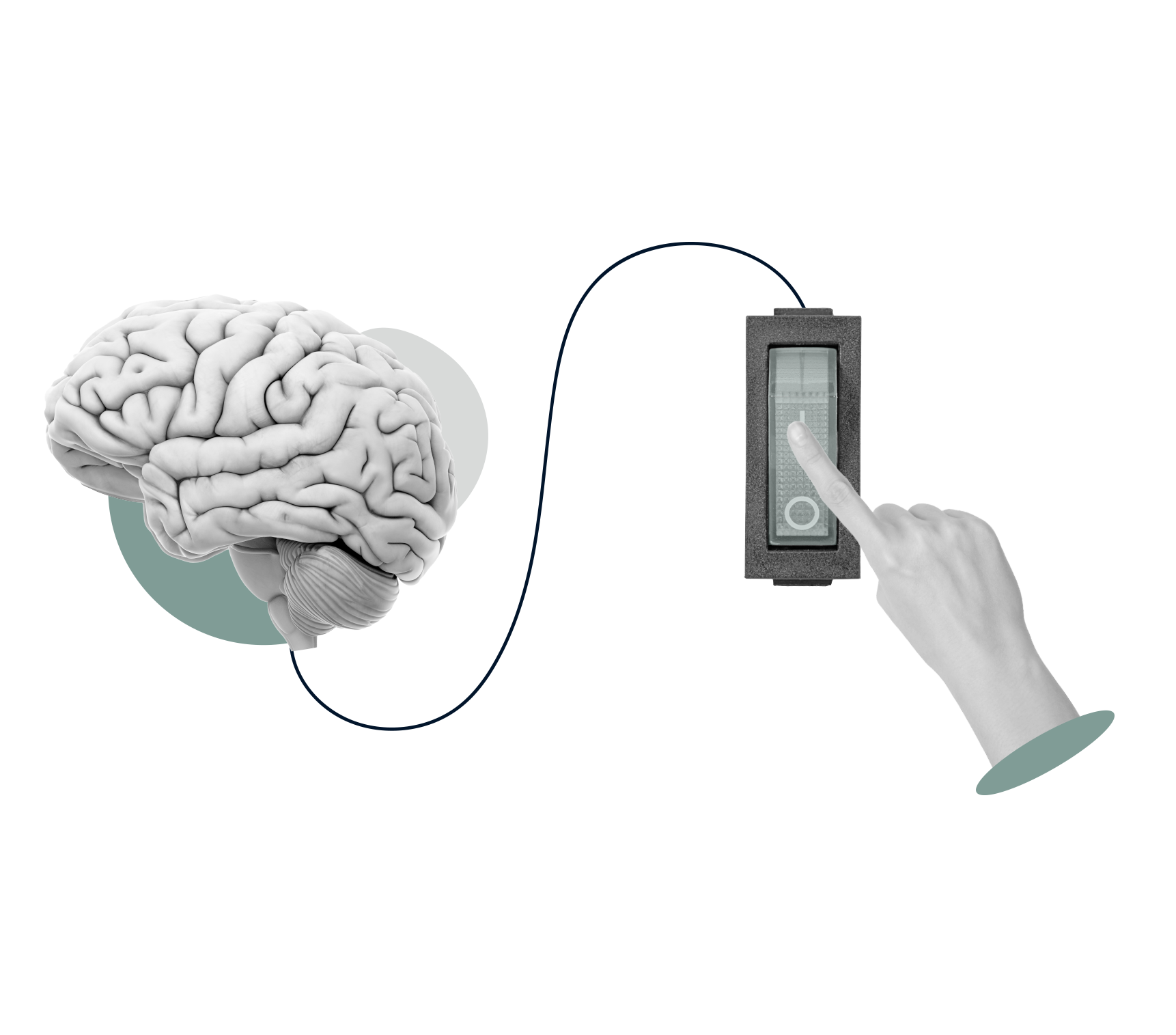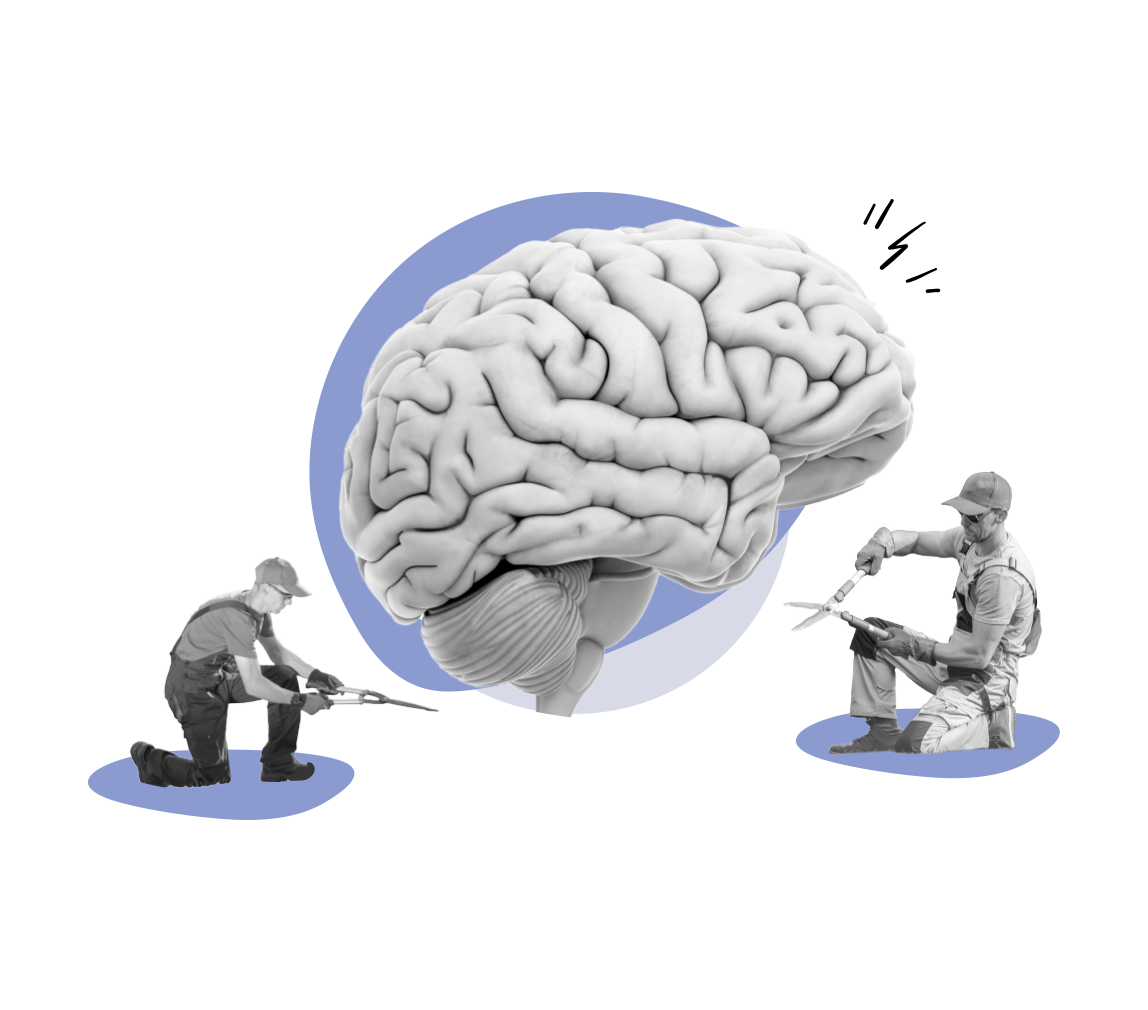What are primary headache disorders?

Some headaches are symptoms of something else happening in your body. They are secondary headaches: they follow a cause. Primary headaches, on the other hand, are not symptoms. They are disorders that cause a range of symptoms, one of them being pain.
Migraines, cluster headaches, and tension-type headaches are all primary headaches, but there are a bunch more: four main types, 25 subtypes, 47 subforms, and 18 sub-subforms, give or take an ache or two.
Each type of headache has its own characteristics and associated symptoms, which helps to tell it apart from others. Telling the difference between primary headaches is important because the type determines the treatment.
Migraines
Around 30 million people in the US have one or more migraines a year, and they affect three times more women than men.
While we all tend to call any bad headache a migraine, the fact is migraines have very particular characteristics.
- They cause a pulsating pain.
- The pain is on one side only.
- Attacks last between 4 and 72 hours.
- They are disabling.
- Nausea and vomiting are likely.
There are 6 subtypes of migraines, 13 subforms, and 6 sub-subforms.
Some people living with migraines experience auras. These are symptoms that come before the migraine headache and affect hearing, seeing, speaking, moving, and talking.
Tension-type headaches
The most common of the primary headache disorders, tension-type headaches have a 40% global prevalence. It is one of the most common of hundreds of disorders, not just headaches. One in three men get tension-type headaches, while one in every two women are affected.
There are 4 types of tension-type headaches and 9 subtypes. They are generally told apart by how often they happen, but all other characteristics are the same.
- They cause a pain that has a pressing or tightening quality.
- The pain is on both sides of the head at the same time.
- Attacks last between a few minutes and a few days, but some are chronic and are experienced more than 15 days a month for longer than three months.
- There may be muscles and scalp tenderness.
While they are commonly associated with it, tension-type headaches are not caused by stress. Stress worsens them, though.
Trigeminal autonomic cephalalgias (TACs)
These are a particularly nasty group of headaches. They can be excruciating and even maddening. Luckily, they are rare. The most common of these, the cluster headache, affects no more than 900 people in every 100 000. That is less than 1%.
There are 5 types of trigeminal autonomic cephalalgias, 12 subtypes, and 4 subforms. They are defined by their symptoms — bloodshot eyes, tearing, nasal congestion, swollen eyelids, dilated pupils, sweating, and stuffy ears — but share similar characteristics.
- They cause pain around or behind one eye, sometimes nearer the temple.
- The pain is severe.
- Attacks last less than 3 or 4 hours, usually.
- They happen the same time every year.
- Restlessness and agitation are common.
Other primary headaches
Some primary headaches have secondary headache characteristics, meaning they seem to have links to a cause. They are actually diagnosed as secondary headaches in people that have conditions that are known to cause headaches. This group includes headaches linked to coughing, sex, and coldness and include thunderclap headache, epicrania fugax, medication-overuse headache, and new daily persistent headache.
The multiplicity of primary headache types and subtypes makes achieving an accurate diagnosis in a first consultation challenging which often leads to patients becoming frustrated. Lumina has developed a proprietary, online diagnostic tool to assess the symptoms and characteristics of a patient's current headache, pre-consultation. This equips healthcare providers with an accurate suggested diagnosis allows them to confirm the diagnosis and present a treatment plan for the patient at the end of their first consultation. Learn more about how Lumina can assist people living with the pain that comes with primary headaches.

